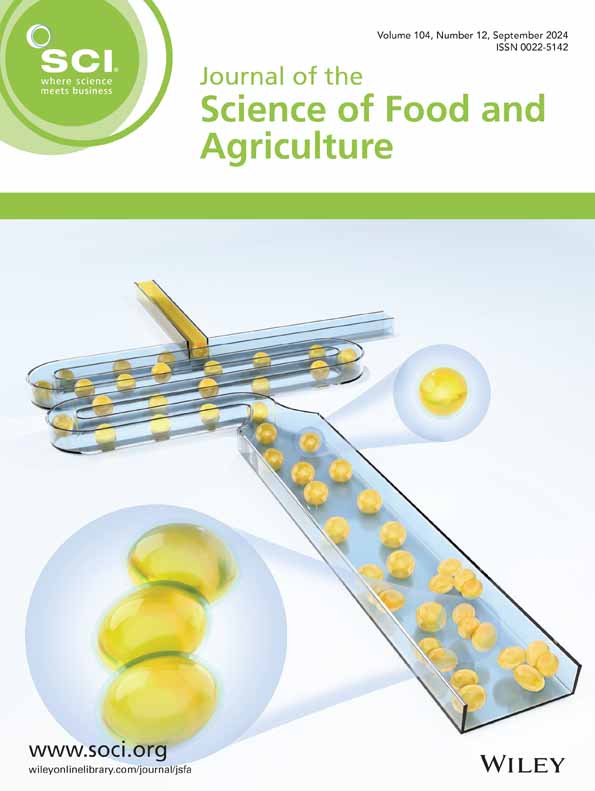Removal of proteins and lipids affects structure, in vitro digestion and physicochemical properties of rice flour modified by heat-moisture treatment
Abstract
BACKGROUND
The objective of this experiment was to investigate the role of endogenous proteins and lipids in the structural and physicochemical properties of starch in heat-moisture treatment (HMT) rice flour and to reveal their effect on starch digestibility under heat.
RESULTS
The findings indicate that, in the absence of endogenous proteins and lipids acting as a physical barrier, especially proteins, the interaction between rice flour and endogenous proteins and lipids diminished. This reduction led to fewer starch–protein inclusion complexes and starch–lipid complexes, altering the granule aggregation structure of rice flour. It resulted in a decrease in particle size, an increase in agglomeration between starch granules, and more surface cracking on rice granules. Under HMT conditions with a moisture content of 30%, slight gelatinization of the starch granules occurred, contributing to an increased starch hydrolysis rate. In addition, the elevated thermal energy effect of HMT enhanced interactions between starch molecular chains. These resulted in a decrease in crystallinity, short-range ordering, and the content of double-helix structure within starch granules. These structural transformations led to higher pasting temperatures, improved hot and cold paste stability, and a decrease in peak viscosity, breakdown, setback, and enthalpy of pasting of the starch granules.
CONCLUSION
The combined analysis of microstructure, physicochemical properties, and in vitro digestion characteristics has enabled us to further enhance our understanding of the interaction mechanisms between endogenous proteins, lipids, and starches during HMT. © 2024 Society of Chemical Industry.

 求助内容:
求助内容: 应助结果提醒方式:
应助结果提醒方式:


